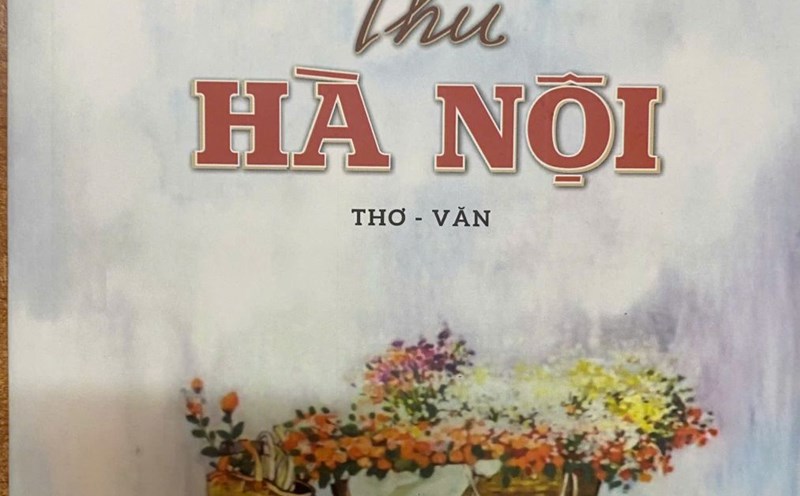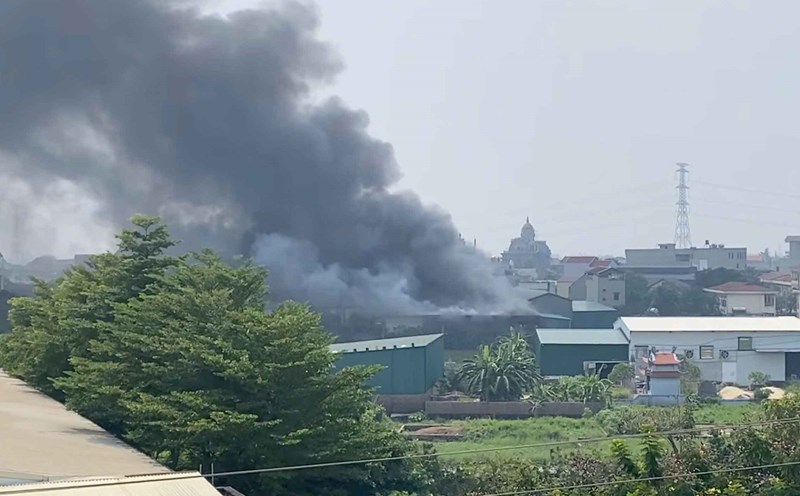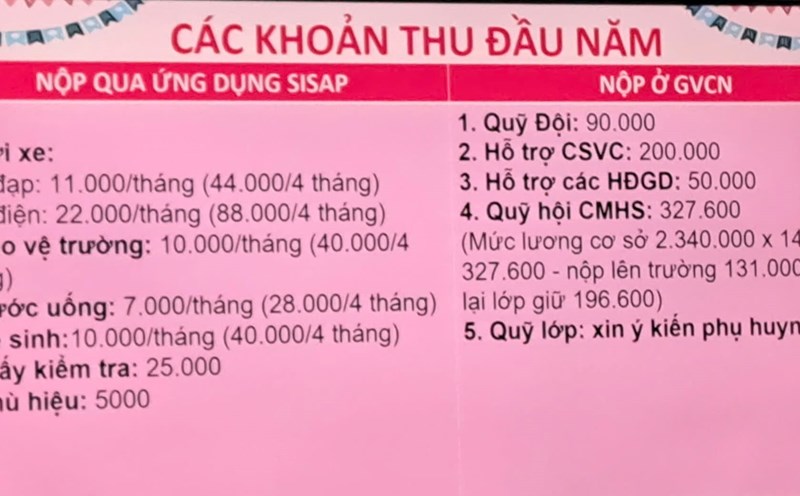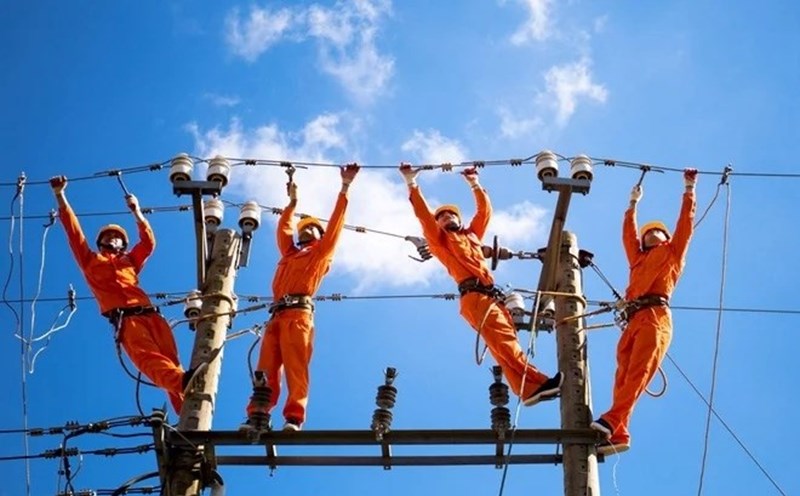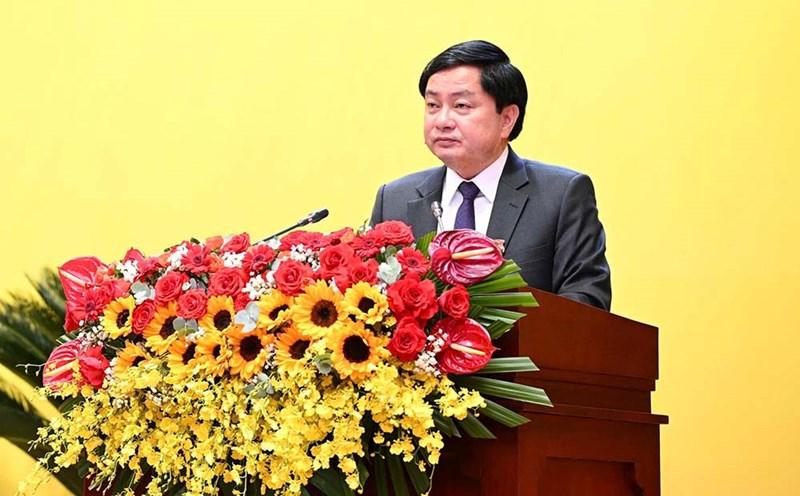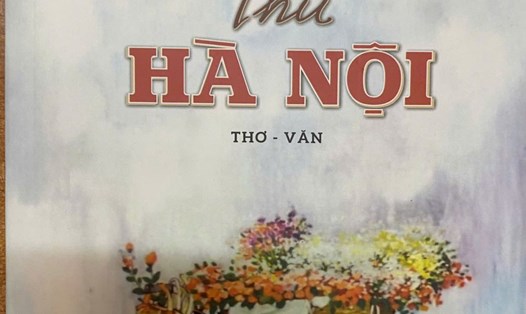Hanoi today is not only a city of heritages, but also a place of continuous urban movements. From the narrow train street where tourists jostle to take photos, excited at the moment the blue and red train slides by, to the corners of the street brilliant with lanterns, the sound of laughter from coffee shops close to endless stories of the streets.
The ancient flagpole of Hanoi (or Hanoi Monument) was built on the old foundation of the ancient city of Tam Mon during the Le Dynasty under the ancient Thang Long Imperial Citadel, still standing in the green sky, the red flag with a yellow star flying like the heart of the city. Each mossy brick, each footrest, is a piece of memory, where history is still vividly present in the heart of modern Hanoi.
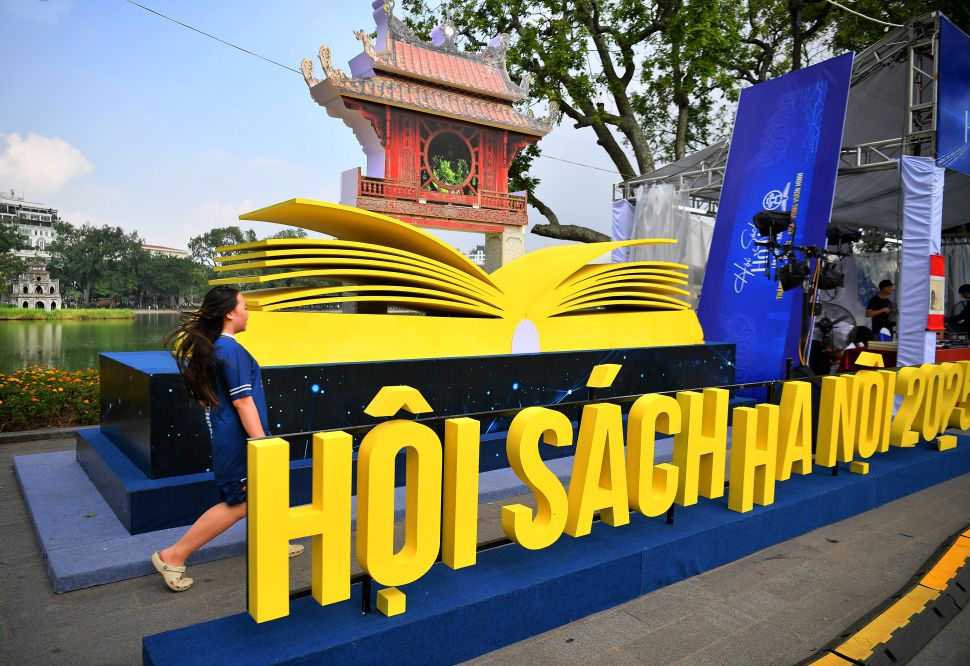
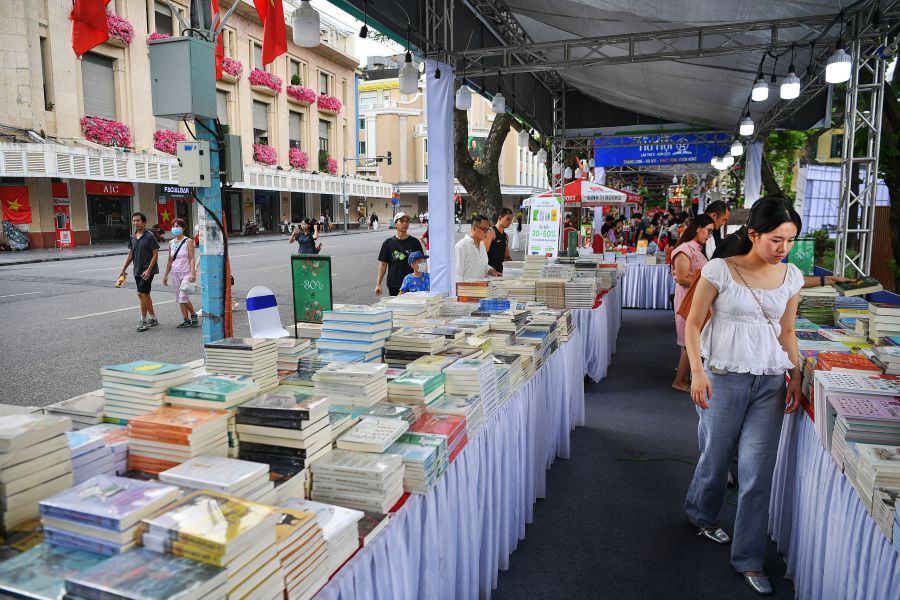
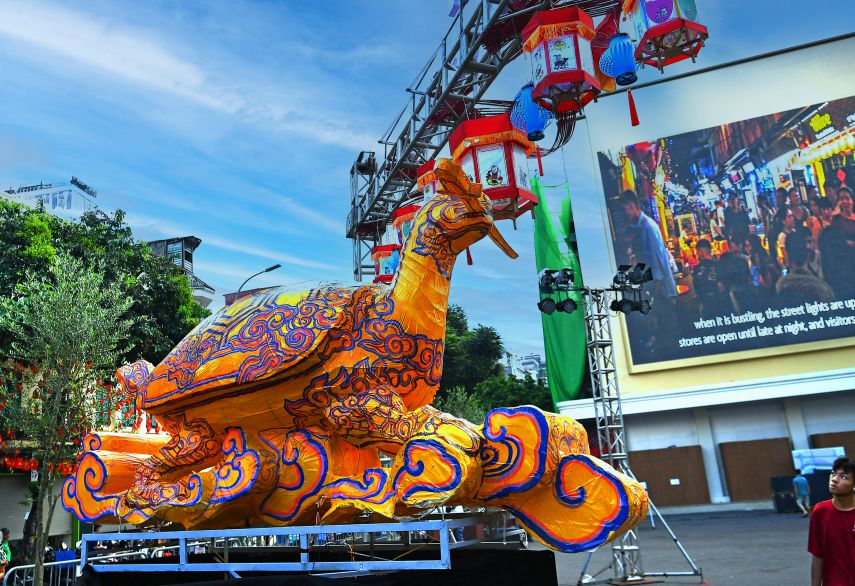
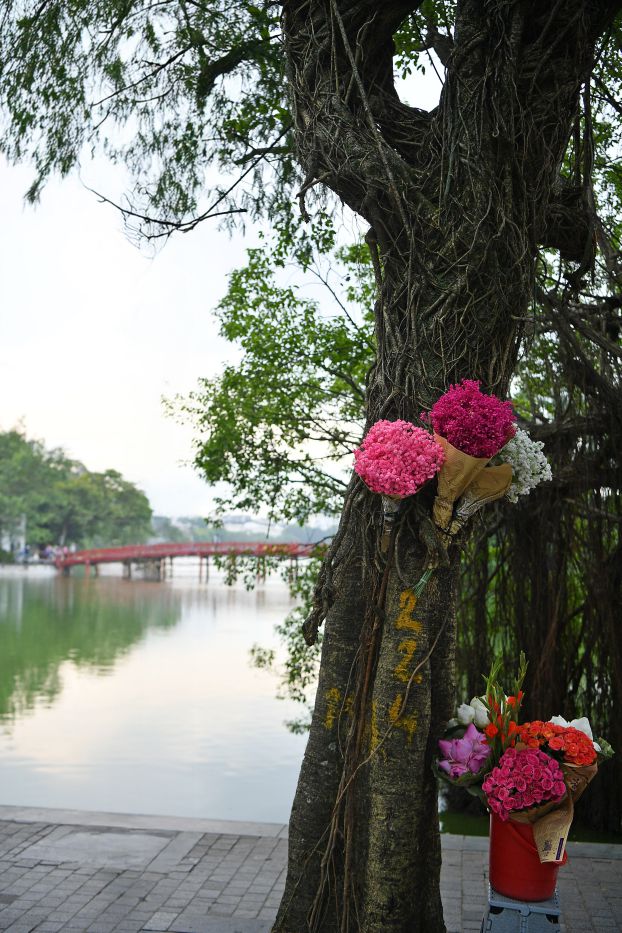
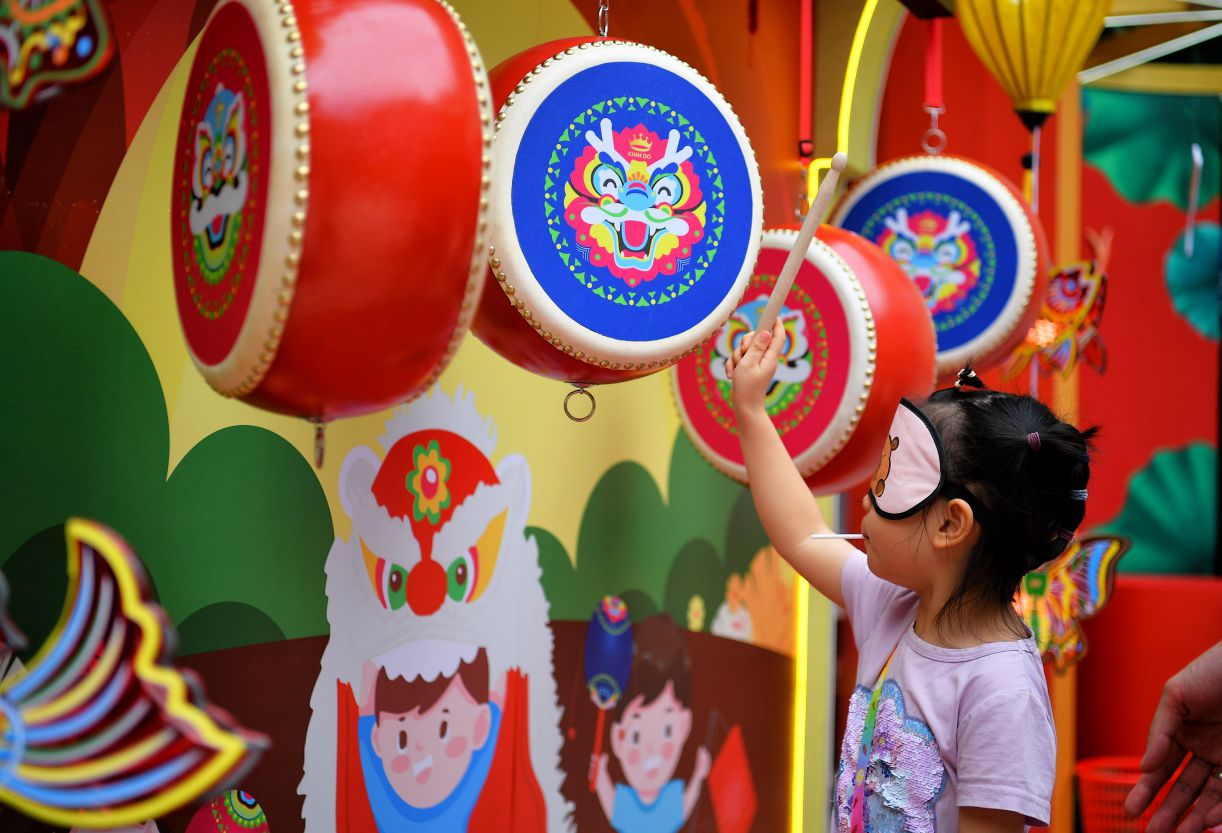
Commemorating this year's Liberation of the Capital, just a few days after a warm and colorful Mid-Autumn Festival with streets decorated in bright red, dragon models, carp lanterns, lion heads... continue another story about tradition and creativity, about how Hanoians keep their old souls in a new spirit. Dong Kinh Nghia Thuc Square has now become a walking and performance space for the public during festivals and major anniversaries of the country.
Through the transparent, colorful fabric of Phung Hung mural street, the shiny appearance of women wearing white ao dai is low, quietly posing in the space of contemporary art. That is the image of dialogue between the past and the present, between the traditional charm and the youthful vitality of the city that is changing day by day.
Hanoi today is constantly moving, but in every beat of change, I still hear the echoes of memories. Although the streets are more brilliant, the pace of life is faster, in the quiet between the sound of car horns or the sound of rolling trains, people still encounter a profound and kind Hanoi. That is what makes the capital not only beautiful in the eyes of tourists, but also in the hearts of those who have, are and will be attached to this place, the city of memories and movement.

